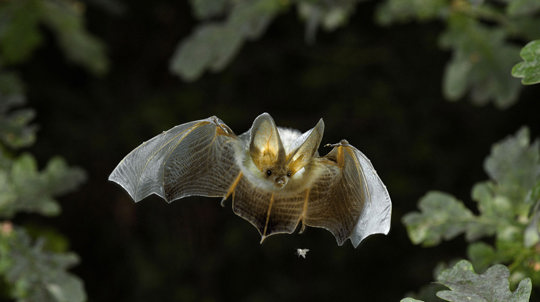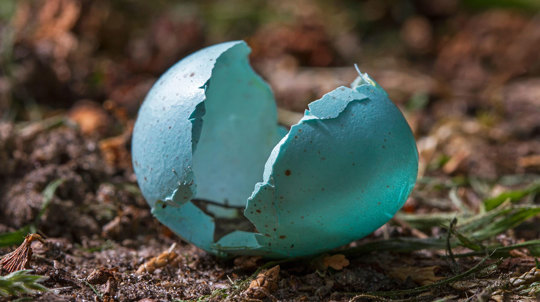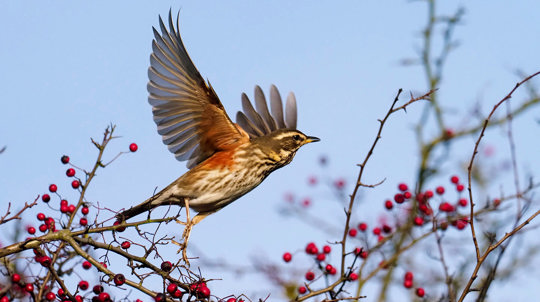Amazingly, a bat's heart rate drops to 4 beats a minute. That’s impressive considering their heart rate can be over 1,000 beats a minute while flying!
Do bats hibernate in winter? And more bat facts

Content editor
You’re not likely to see many bats through the festive season. This isn’t only due to their nocturnal nature but because they hibernate through our long, cold winter months.
Hibernation is an extended period of deep sleep, also known as torpor, that allows animals to survive the harsh conditions of cold winters.
When do bats begin to hibernate?
Bats enter hibernation in November and may not be fully active until mid-May. While in this state of torpor, bats lower their body temperature and their metabolic rate slows.
This means they use less energy and can survive on the fat they have stored up, rather than expending vast amounts of energy in the cold weather searching for sparse food.
If you spot a bat before the weather gets warmer, it’s probably been rudely disturbed and is looking for a snack before getting back to sleep.
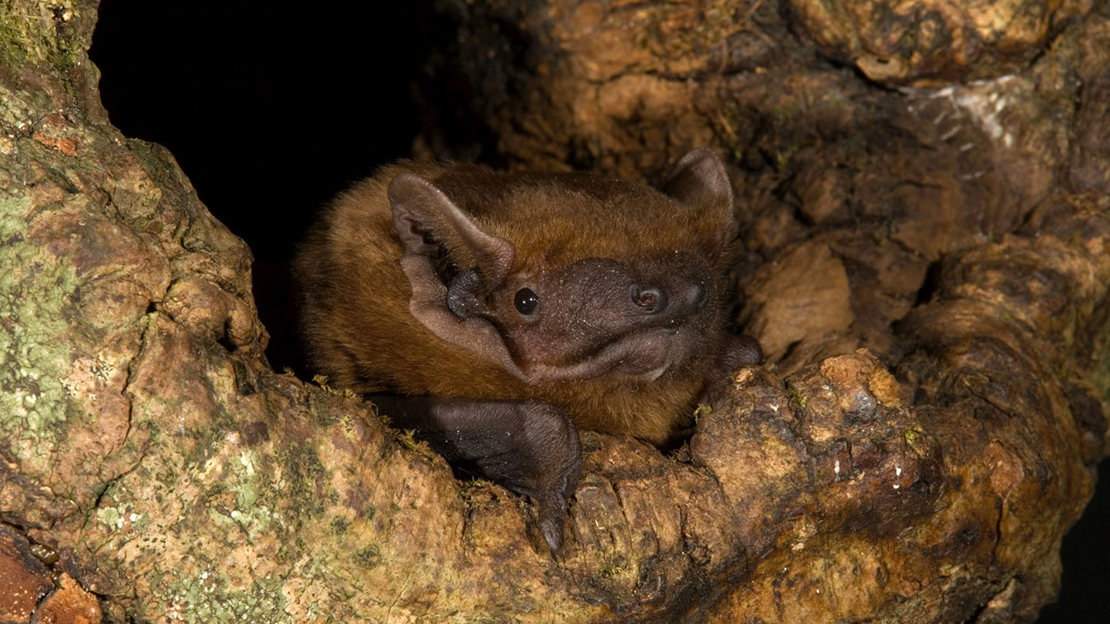
Where do bats hibernate?
As autumn turns into winter, bats are on the lookout for a comfy roost - a nook or cranny they can hibernate in over winter. You might think all bats hang out in caves but around three quarters of UK bats have evolved to roost in trees.
They are not able to bore holes or build nests, so they make use of whatever gaps they can find. They like to roost in mature and veteran trees that are hollow from natural decay or have had cavities bored into them by other species, like woodpeckers.
Because of a lack of suitable and available tree habitat, the rest tend to favour man made structures. You might even find them wedged into holes in an old brick wall or in the roof of your house. Old barns and abandoned buildings are favoured spots to roost in.
Caves and old mine shafts can also provide good conditions for bats to winter in, as long as they have a constant temperature and are free from damp and frost.
Trying to keep warm, bats will crawl into small rock crevices, squeezing themselves into odd positions, including lying on their backs or sides, or even on their heads!
Six of our favourite bat species
Bats represent almost a quarter of all UK mammals. We have some 18 species of bat, 17 of which breed on the British mainland. Remarkably some species can live for more than 30 years. Here are six UK bat species looking to keep snug over winter.
Pipistrelle bats
The UK’s most common bat. Pipistrelles are crevice-dwelling bats that can be found behind areas of loose bark or within splits or rot holes. They’re well adapted to both rural and urban habitats.
You can ID them from their erratic flight, twisting and turning in the air.
- Length: up to 5cm
- Wingspan: up to 23cm
- Weight: up to 8g
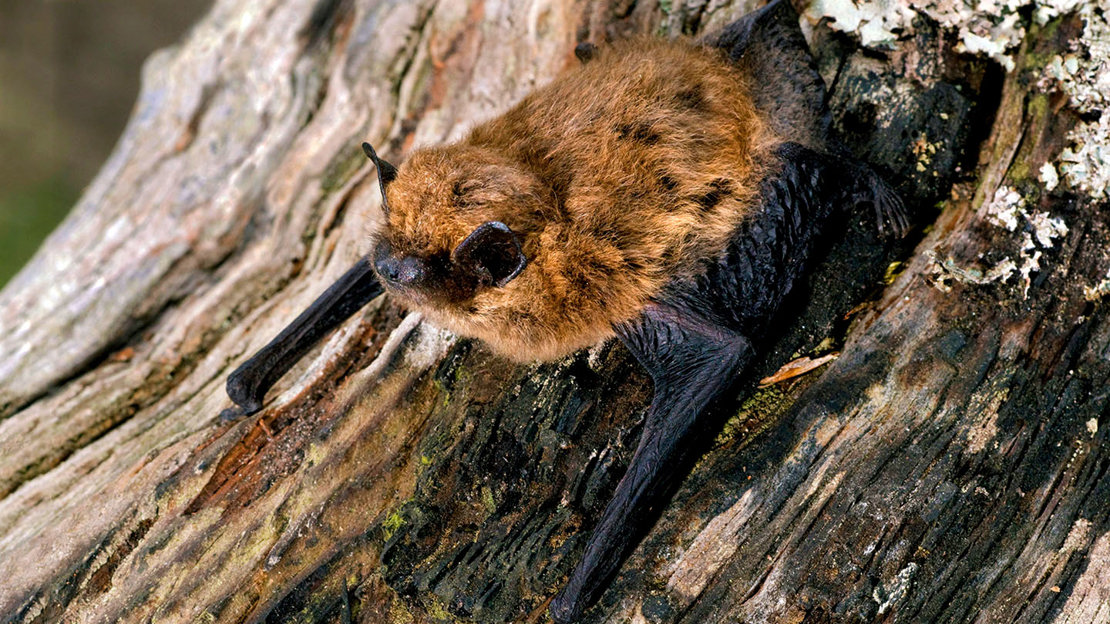
Brown long-eared bats
Brown long-eared bats will look for roosts that are lower to the ground and more cluttered with vegetation, unlike other species. They favour deciduous woodland, picking insects off the leaves and bark.
You can ID them from their slow and hovering flight, a bit like a big butterfly.
- Length: 3.7-5.2cm
- Wingspan: 20-30cm
- Weight: 6-12g
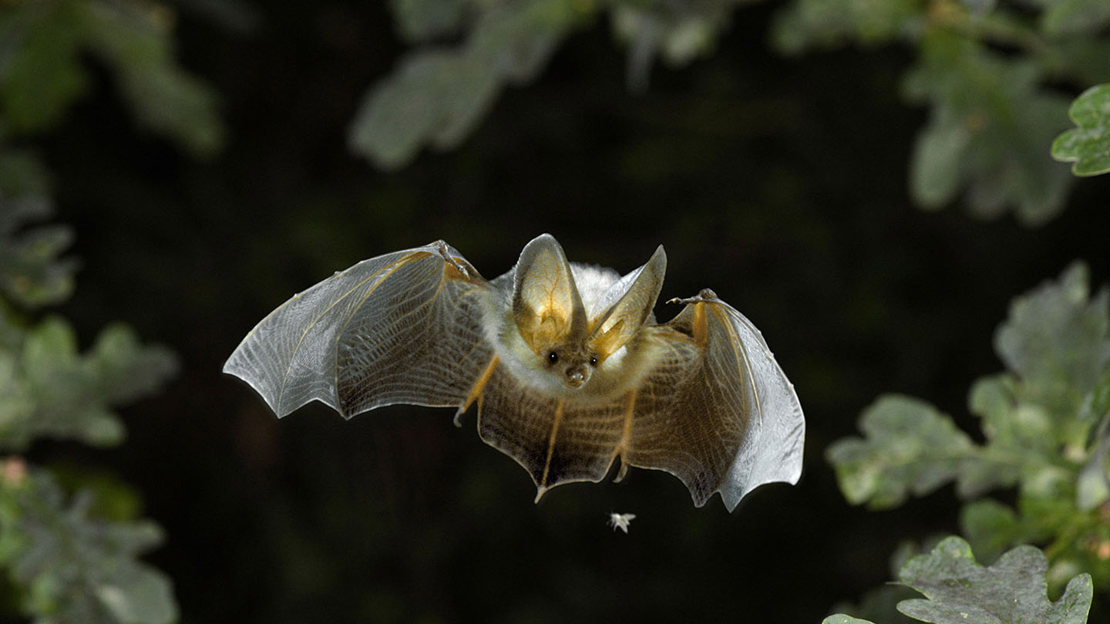
Noctule bats
The UK’s largest bat makes a home in the trees all year round. Noctule bats favour trees with rot and woodpecker holes. Males defend the best roosts to help attract females during mating season. Being the biggest bats in Britain, they’re able to fly 10km away from their roosts.
You can ID them from their strong and fast flight. If you see bats flying in a straight line, high overhead, it’s probably a noctule bat looking for prey in the canopy.
- Length: 3.7-4.8cm
- Wingspan: 32-40cm
- Weight: 18-40g
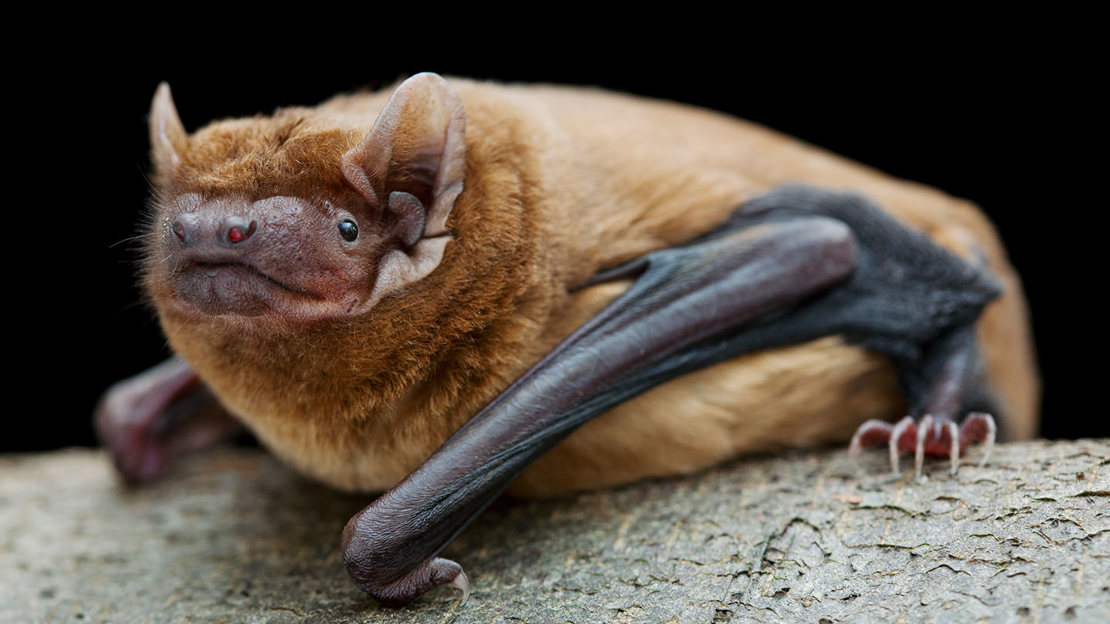
Barbastelle bats
Barbastelle bats are commonly found within any splits of a tree or behind loose areas of bark. They typically roost in trees year round, normally in ancient deciduous woods with a substantial understorey. They are fast, agile flyers and specialist foragers in a variety of habitats, looking for food in open spaces, under the canopy and swooping over water.
- Length: 4-5.5cm
- Wingspan: 26-29cm
- Weight: 6-13g
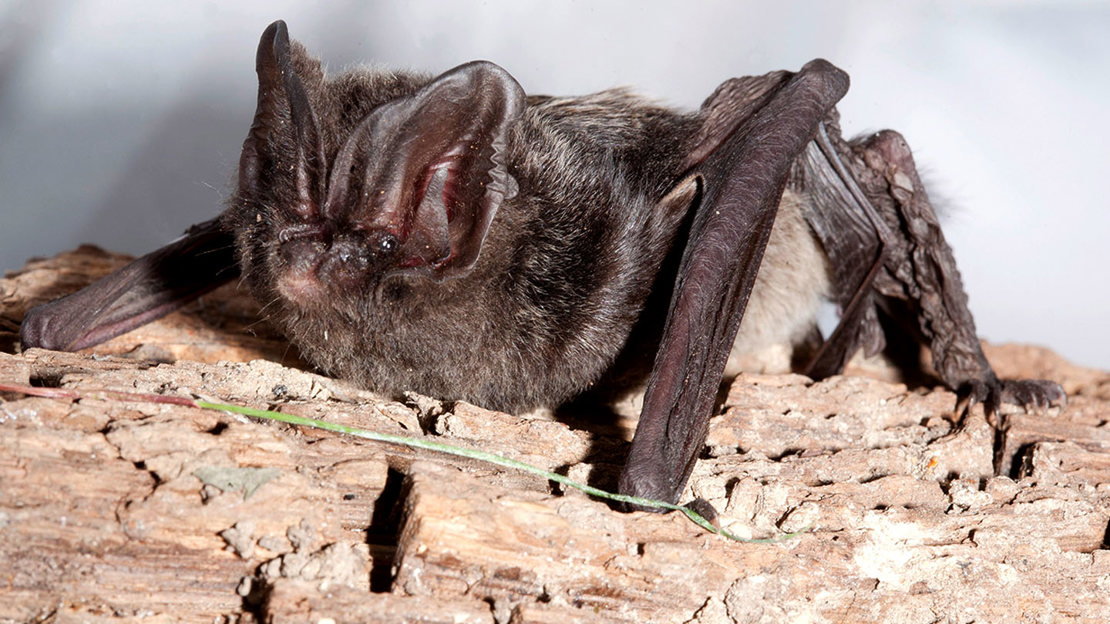
Bechstein’s bat
A very rare bat, often found roosting in old woodpecker holes. Records indicate that oak and ash are favoured roosts for Bechstein's bat. In general, they prefer wet woodland with small streams and dense vegetation.
- Length: 4.3-5.3cm
- Wingspan: 25-30cm
- Weight: 7-13g
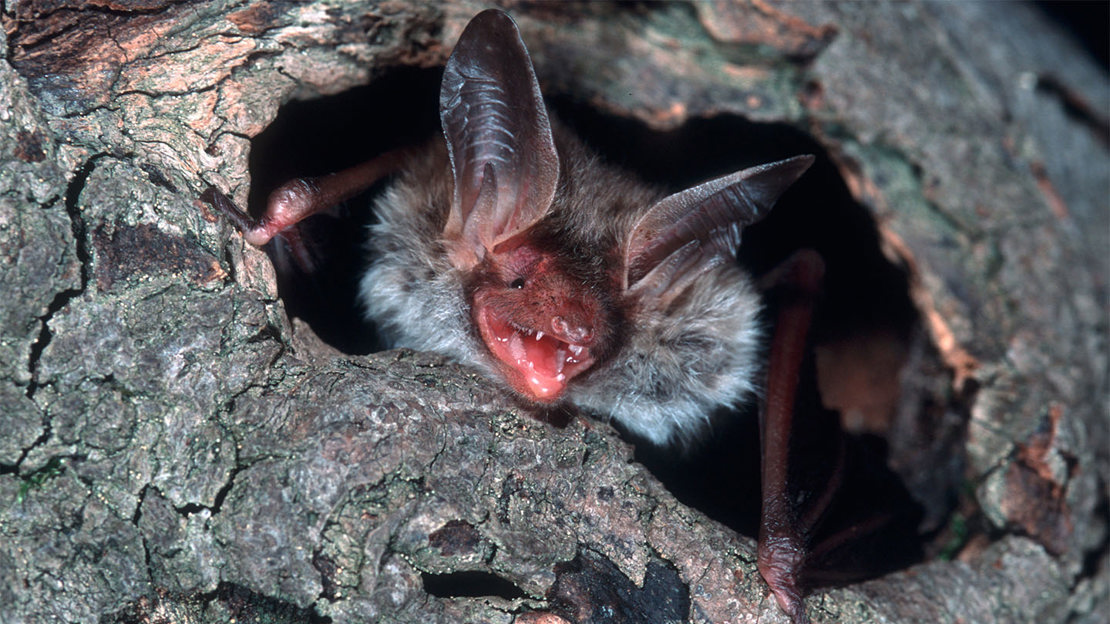
Natterer’s bat
Natterer’s bats are found in both deciduous and coniferous woodland. They like to roost in broadleaved woodland, hedgerows and tree lines alongside agricultural land.
- Length: 4-5cm
- Wingspan: 24.5-30cm
- Weight: 7-12g
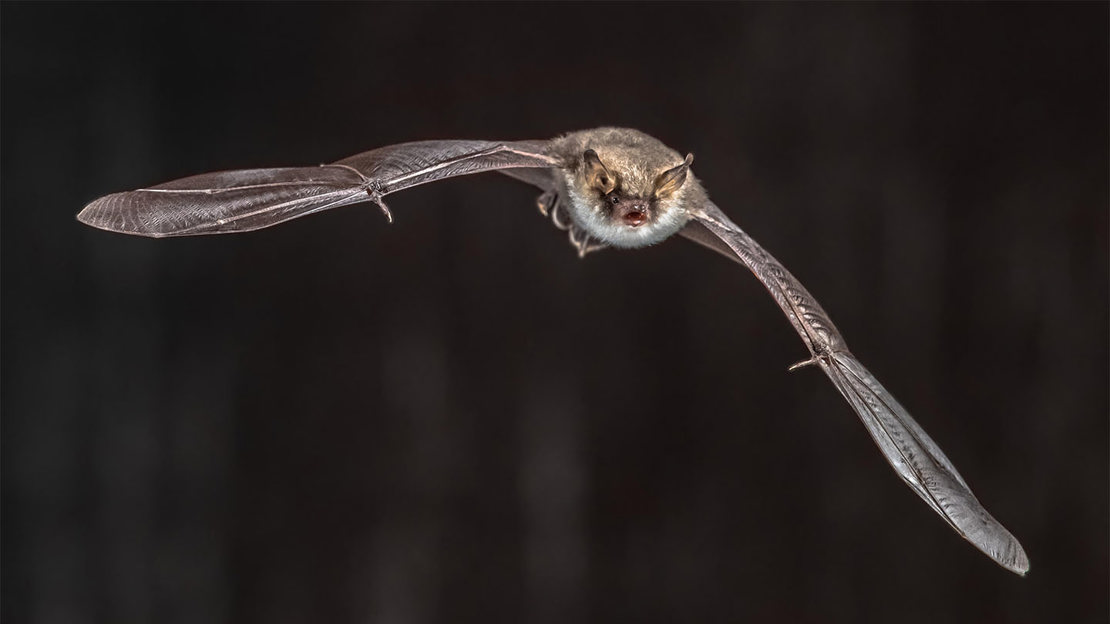
How you can help
One of the best ways to help our magnificent bat species this winter is to not disturb them. Nobody likes being woken up in the middle of a good sleep!
Another great way to help bats is to install a bat box. Though bat boxes can’t replace the natural cavities that trees provide, they could be a welcome home for bats through winter.
Bat boxes can be placed wherever you live. They’re great for any sized garden or on a balcony or roof.
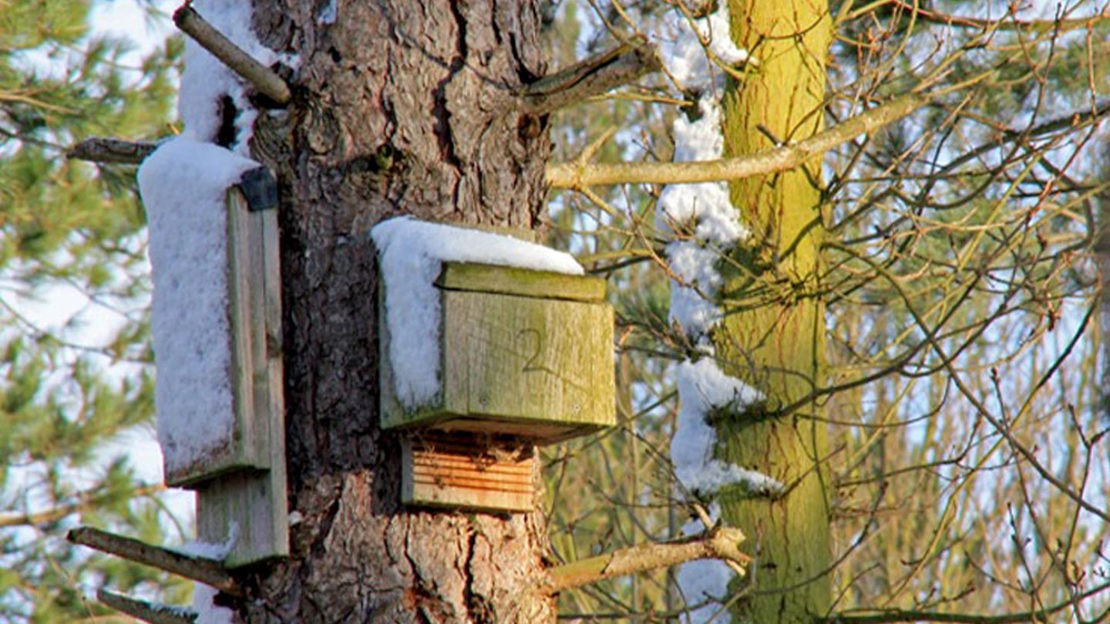
For a successful bat box, remember:
- bat boxes should be draught proof and insulated to prevent damp
- they are best placed above ground, 4-5m high, in a sheltered spot that receives sun during the day
- you could use several boxes facing different directions to provide a range of roosting options.
Remember once a bat box is up it’s illegal to open it without a licence. Disturbing bats that have snuck into your loft or roof is also illegal.
If you find a sick or ailing bat, you should not approach or handle the animal - please call the Bat Conservation Trust’s bat helpline. That’s an actual bat phone.
What can you spot in your local wood?
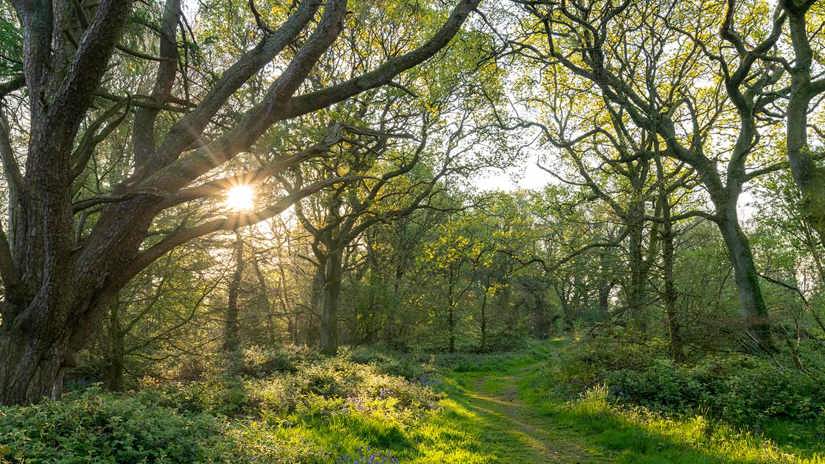
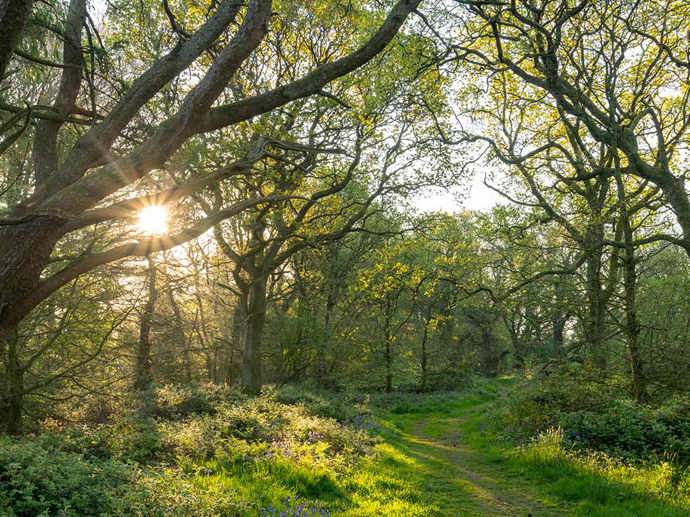
Go exploring
Primordial landscapes, tangled branches, breathtaking wildlife and miles of woodland trails. From the countryside to cities, we care for thousands of woods throughout the UK, all free to visit.


